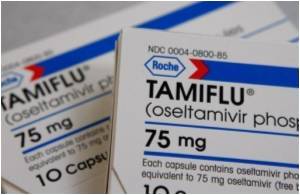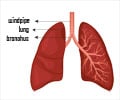
Researchers reviewed the medical records of 1,291 patients in China with laboratory confirmed mild H1N1 infection during the 2009 pandemic.
The average age of patients was 20 years. Three quarters (76 percent) were treated with oseltamivir from a median of the third day of symptoms. Of 920 patients who had a chest x-ray, a minority (12 percent) had abnormal findings consistent with pneumonia.
Using statistical modelling of the patients' data, the researchers ruled out the effects of age, sex, influenza vaccination, and treatment with antibiotics on the main study outcomes: getting pneumonia, having prolonged high fever, and viral RNA shedding.
Oseltamivir treatment was then identified as a significant protective factor against subsequent development of pneumonia, confirmed by a chest x-ray. This protective effect was seen in all patients including those who started treatment more than two days after onset of symptoms.
Oseltamivir treatment started within two days of symptom onset also reduced the duration of fever and viral RNA shedding, they add. They also found that 2009 H1N1 might be shed longer than seasonal influenza virus.
Advertisement
However, they stress that their finding that oseltamivir treatment protected against subsequent radiographic pneumonia should be interpreted with caution, given the retrospective design of this work and the fact that not all patients underwent a chest x-ray.
Advertisement
Source-ANI














